
Nissan GT-R Coupe running costs and reliability

Miles per pound (mpp) ⓘ
| Petrol engines | 2.9 - 3.0 mpp |
|---|
Fuel economy ⓘ
| Petrol engines | 19.6 - 20.2 mpg |
|---|
- Thirsty twin-turbo petrol engine
- No hybrid powertrain
- Strong residual values
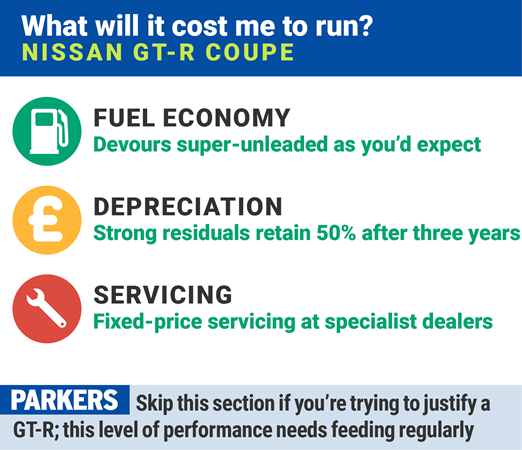
If you’re expecting Qashqai-like low running costs from the Nissan GT-R then you’re clearly looking at the wrong sort of car.
Remember, this has a twin-turbo V6, producing close to 600hp in standard guise and capable of 196mph. It’s going to chew through super unleaded petrol at a rate of knots, especially as there’s no form of hybrid power to help generate the colossal grunt.
Officially, all 2017 model GT-Rs have an average fuel consumption of 23.9mpg, but this requires a deftly soft touch on the throttle pedal. Considering the engine requires revving hard to extract the most from it, consider yourself to have done well if you average 20mpg.

Emissions of 275g/km of CO2 place it in the highest VED band for car tax, while other costs such as insurance and tyres are going to be pricey too. And be wary of models with carbonfibre bodywork and addenda – that’s not a cheap material to replace. Servicing is required frequently – the car will let you know when it’s due – and is infrequently inexpensive.
Residual values are positive, though – typically after three years and 30,000 miles, a used GT-R will retain around 50 percent of its new value.
Just don’t fall into the trap of thinking a reasonably priced example is going to be cheap to run – it won’t be.
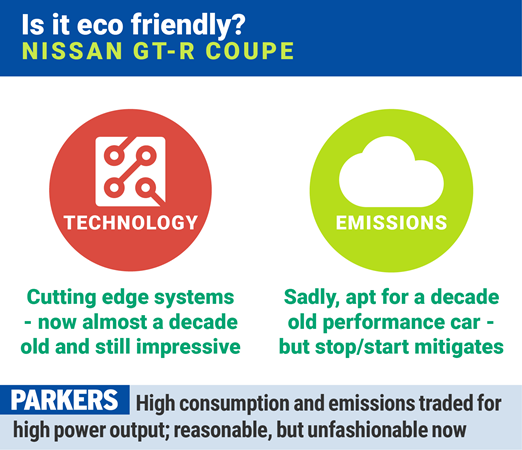
Emissions of 275g/km of CO2 can hardly be described as good, especially in an era where high-performance cars are more frequently featuring electrical assistance to help produce high power outputs – here the Nissan GT-R is lacking. Still, it has a stop-start function to avoid burning fuel when stationary.
- Strong reliability record
- Engine is hand-built
- No official recalls
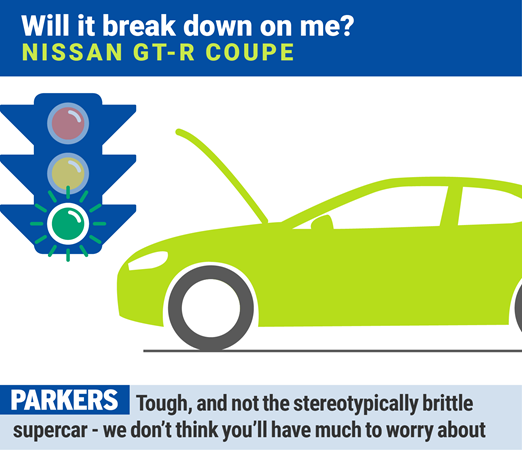
High-performance cars are renowned for their fragility and poor reliability record, but not the Nissan GT-R.
As with many Japanese products, quality is a watchword in production, ideally preventing defective products leaving the factory at all.
The GT-R is built to extremely precise tolerances and its engines are hand-built by dedicated craftsmen who are such high-calibre engineers they can feel minute imbalances in the motor by hand.
No official recalls, some known issues
Backing-up the strong reliability reputation, the GT-R’s suffered no official recalls according to the DVSA vehicle inspectorate.
There is, reported on GT-R forums, a known problem with a bearing on the engine’s bellhousing. Don’t worry too much about what this is, but even in factory condition cars it can rattle at low speed. Over time this causes wear and needs to be replaced – but aftermarket companies in the UK sell a re-engineered part that they say overcomes the problem.
Ongoing running costs
| Road tax | £600 - £735 |
|---|---|
| Insurance group | 50 |
Get an insurance quote with

|
|



_15.jpg)
_22.jpg)
_18.jpg)
_24.jpg)
.jpg)
.jpg)
.jpg)
.jpg)
.jpg)
.jpg)
.jpg)
.jpg)
.jpg)
.jpg)
.jpg)

.jpg)




_13.jpg)
_17.jpg)
_19.jpg)
_21.jpg)
_20.jpg)
_23.jpg)
_25.jpg)
_28.jpg)
_27.jpg)
_30.jpg)







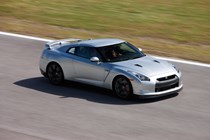

_11.jpg)
_10.jpg)
_9.jpg)
.jpg)
.jpg)
.jpg)
.jpg)
.jpg)
.jpg)
.jpg)
.jpg)
.jpg)
.jpg)
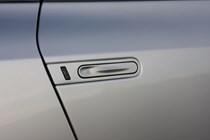
.jpg)
.jpg)
.jpg)
.jpg)
.jpg)
.jpg)
.jpg)
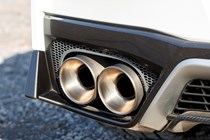
.jpg)
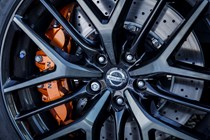



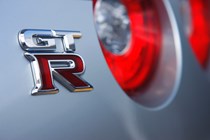

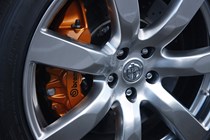


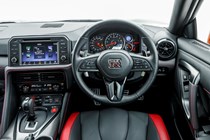

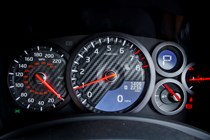
.jpg)
.jpg)
.jpg)
.jpg)
.jpg)
.jpg)
.jpg)
.jpg)
.jpg)
.jpg)
.jpg)
.jpg)
.jpg)
.jpg)
.jpg)
.jpg)
.jpg)
.jpg)
.jpg)
.jpg)
.jpg)
.jpg)
.jpg)
.jpg)
.jpg)
.jpg)
.jpg)
.jpg)
.jpg)
.jpg)
.jpg)
.jpg)
.jpg)
.jpg)
.jpg)
.jpg)
.jpg)
.jpg)
.jpg)
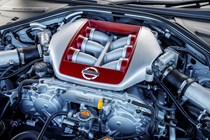
.jpg)
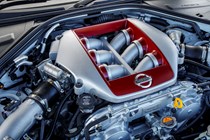

_15.jpg?quality=50)
_22.jpg?quality=50)
_18.jpg?quality=50)
_24.jpg?quality=50)
.jpg?quality=50)
.jpg?quality=50)
.jpg?quality=50)
.jpg?quality=50)
.jpg?quality=50)
.jpg?quality=50)
.jpg?quality=50)
.jpg?quality=50)
.jpg?quality=50)
.jpg?quality=50)
.jpg?quality=50)

.jpg?quality=50)




_13.jpg?quality=50)
_17.jpg?quality=50)
_19.jpg?quality=50)
_21.jpg?quality=50)
_20.jpg?quality=50)
_23.jpg?quality=50)
_25.jpg?quality=50)
_28.jpg?quality=50)
_27.jpg?quality=50)
_30.jpg?quality=50)









_11.jpg?quality=50)
_10.jpg?quality=50)
_9.jpg?quality=50)
.jpg?quality=50)
.jpg?quality=50)
.jpg?quality=50)
.jpg?quality=50)
.jpg?quality=50)
.jpg?quality=50)
.jpg?quality=50)
.jpg?quality=50)
.jpg?quality=50)
.jpg?quality=50)

.jpg?quality=50)
.jpg?quality=50)
.jpg?quality=50)
.jpg?quality=50)
.jpg?quality=50)
.jpg?quality=50)
.jpg?quality=50)

.jpg?quality=50)












.jpg?quality=50)
.jpg?quality=50)
.jpg?quality=50)
.jpg?quality=50)
.jpg?quality=50)
.jpg?quality=50)
.jpg?quality=50)
.jpg?quality=50)
.jpg?quality=50)
.jpg?quality=50)
.jpg?quality=50)
.jpg?quality=50)
.jpg?quality=50)
.jpg?quality=50)
.jpg?quality=50)
.jpg?quality=50)
.jpg?quality=50)
.jpg?quality=50)
.jpg?quality=50)
.jpg?quality=50)
.jpg?quality=50)
.jpg?quality=50)
.jpg?quality=50)
.jpg?quality=50)
.jpg?quality=50)
.jpg?quality=50)
.jpg?quality=50)
.jpg?quality=50)
.jpg?quality=50)
.jpg?quality=50)
.jpg?quality=50)
.jpg?quality=50)
.jpg?quality=50)
.jpg?quality=50)
.jpg?quality=50)
.jpg?quality=50)
.jpg?quality=50)
.jpg?quality=50)
.jpg?quality=50)

.jpg?quality=50)
